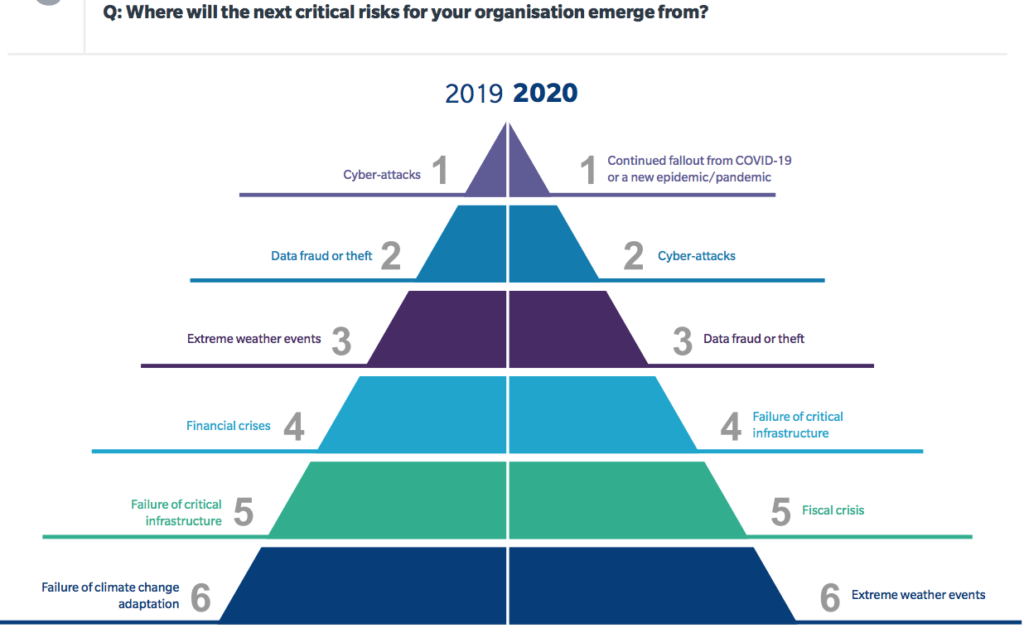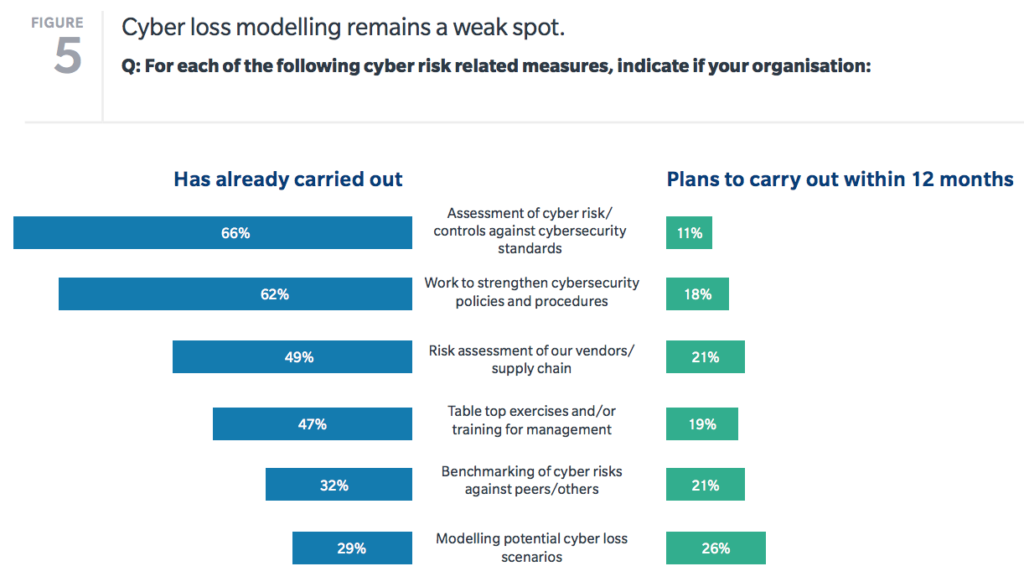As business leaders remain hyper-focused on navigating through the pandemic, few have sufficiently considered how to prepare for the next major crisis. There are many steps leaders can take, some of which include reassessing their risk management plans, constructing cohesive frameworks that proactively identify potential gaps, and identifying protocols and procedures to fill those gaps in preparation for future crises, no matter how big or small.
Reflect and Optimize
Very often, companies have not taken the time to assess how they responded to previous crises because they are either too busy afterwards, or too happy to have survived with minimal consequences. But the pandemic has shown that this is a dangerous game to play. While we have seen that most organizations had some of the core elements of crisis management success—whether a crisis management plan and team, mass notification technology, risk and intel monitoring capabilities, or business continuity plans and teams—many had (and still have) not connected these parts into a successful framework. Moreover, they have not reflected on those plans to improve them and optimize their crisis and risk management approaches.
Businesses must evaluate their preparedness for and response to past crises and use lessons learned in those reviews to optimize their responses moving forward. Given COVID-19’s unexpectedly “long tail,” companies should review and reflect on their plans now, rather than wait months or years.
Create or Enhance Your Plan
While enhancing an old crisis plan or developing a new one will take work (and cost money) upfront, it is a process that will pay massive dividends in the long run. Once businesses have a concrete crisis management plan in place, have practiced the plan, and are prepared, the cost will realize itself both in terms of the monetary outlay and by mitigating potential risks that could prove highly detrimental to the business down the line. While different companies take varied approaches to crisis management planning, certain plan elements have proven their value during COVID-19 and likely will again during future crises. This is demonstrated in “the 3 S’s”: scenario analysis, stakeholder analysis, and standing media agenda.
- Scenario analysis: Scenario analysis encourages companies to focus on the best, worst, and most-likely case scenarios when confronting a crisis and planning for various organizational responses. At the beginning of COVID-19, many companies saw the crisis as a “China problem,” and did not actively prepare for its potential global impact. Preparing in this way would have enabled them to have a broader, more proactive approach to crisis management, rather than getting caught in constant response mode, as many companies were.
- Stakeholder analysis: In times of crisis, businesses must quickly identify the key internal and external players that will be impacted and require critical attention. The companies that do so will be able to quickly identify their specific needs and/or interests and build their crisis responses around them. Not doing so often results in disorganized management of key stakeholders, exacerbating the impact of the crisis and/or causing additional work for the crisis team.
- Standing meeting agenda: Standing meeting agendas are crucial for helping to keep meetings on track, ensure discussions are impact-based and holistic, and guarantee key facets of the response are consistently revisited until resolved. Organizations that do not utilize standing meeting agendas often find their meetings to be frustrating, disorganized, and never-ending as conversations go around in circles.
Practice Responding to Crises
It would be easy to believe that you do not need to practice your crisis responses and exercise your plans after navigating a massive crisis like COVID-19, but that would be a mistake. Every crisis has its own unique characteristics, impacts, and challenges, and crisis exercising has proven to be one of the most effective means of preparing organizations and their leaders for navigating the next crisis or managing multiple, smaller crises at once. Just as with physical exercise, crisis exercising keeps organizations nimble and helps develop organizational muscle memory to ensure businesses and leaders are prepared for a real crisis.
Do Not Forget Travel
While most business leaders are thinking about bringing people back to the office, few have considered that many, ironically, are going to be looking for opportunities to leave it again—getting back on the road and visiting suppliers, customers, etc. So it would be short sighted for companies to only focus on policies and procedures around returning to the office, when they should start thinking about policies around returning to travel too. This will bring exponentially more challenging situations given the lack of consistency and (likely) inequity of vaccine distributions across the world, especially in developing nations where many employees may be traveling. Business leaders should be thinking about this now and planning for how to enable and support employee travel when it is safe to do so.
Take Risk Management and Monitoring Seriously
Risk management programs can no longer be developed with a “check-the-box” approach. As COVID-19 proves, high impact-low probability events are not only possible but probable, and so companies must take risk management and monitoring seriously. During this time, companies have started to build information and intelligence monitoring capabilities to help them digest the large volume and varied kinds of information they are receiving. This has included agreeing on scenarios and triggers that, when met, result in particular organizational action (e.g., reopening the office when case counts are at a certain level or enough people have received the vaccine). The last thing companies should do is stop monitoring when it seems as though the pandemic or any other crisis seems to be slowing or ending. In fact, organizations should not only maintain this monitoring but expand it to include other risk types identified during the crisis that could create another significant disruption down the line. This will allow the organization’s leaders to make data-based, proactive decisions rather than waiting until a crisis happens.
Crisis and business continuity planning has never been more important. The COVID-19 pandemic has dramatically shifted the way businesses operate and has created new problems that business leaders must solve. To effectively plan for the next crisis, leaders must prioritize these capabilities, creating a holistic framework that addresses various types of threats. Taking these steps now will better prepare organizations for the next major crisis, however unlikely and no matter the scope and scale.


